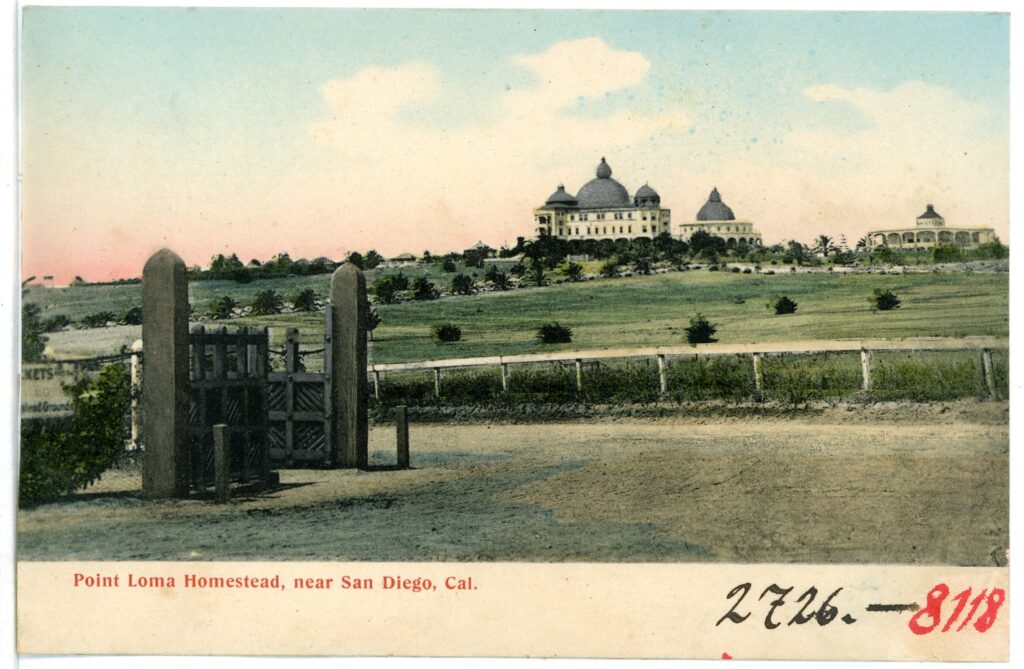
As a disclaimer, all information regarding the Theosophical Commune of Lomaland was derived from reputable online sources, such as the San Diego History Center, the Los Angeles Times and a document entitled “PL Theosophist Walking Tour” written by history professor, Rick Kennedy.
While Lomaland now refers to the street on which Point Loma Nazarene University resides, it was once the name of a theosophical commune that inhabited the university property from 1900-1942.
Founded by Madame Katherine Tingley, Lomaland was a strict religious community that arose from the theosophy movement created in the late 19th century. Theosophy – defined as a religion that emphasizes the idea of spiritual emancipation through virtue, wisdom and reincarnation – held distinct values that dictated the operation of Tingley’s community.
Lomaland believed in a god-like spirit that did not possess humanlike qualities but rather resembled the universe as a whole. The community believed mankind could achieve full unity with the universal spirit through good karma that would help them in their earthly experiences as they reincarnated from one being to another.
Tingley was not the only member of Lomaland that lived on the grounds. The entirety of the community lived, ate and studied together. Lomaland had almost everything the 500 residents needed to survive directly within the property. There were communal eating areas, a bakery, carpenter shop, machine shop, stables, an orchard and garden to support their required vegetarian diet, a printing press for producing theosophical books and more. In a research document written by PLNU history and environmental studies Professor Rick Kennedy, he recalls Tingley’s description of the campus as a “practical illustration of the possibility of developing a higher-type humanity.”
Children of the families were expected to attend Tingley’s school called “Raja Yoga School,” where they studied music, drama and military drills, as well as typical academic subjects. According to the Los Angeles Times, they were only allowed to see their parents for two hours on Sundays and were expected to eat every meal together in silence.
The children’s musical training prepared them for the concert series they were expected to perform for the San Diego community. Those concerts took place at the Greek Amphitheater that resides on PLNU’s campus today. As the first constructed Greek theater in America – according to the San Diego History Center – Lomaland would perform Greek dramas and Shakespearean plays, alongside their musical performances, in hopes of strengthening ties between the theosophist society and the greater San Diego community.
Yet, despite their efforts to expand the religion, Lomaland declined in 1929 with the death of its leader Madame Tingley. By 1942, the land was sold to a developer, which was eventually bought by Cal-Western University.
According to “Moving Stories: From Pasadena to Point Loma: 50 Years,” in 1972, the board of trustees of PLNU’s original Pasadena-based college started negotiating to take over the Cal-Western property. The following year, the land was sold to PLNU.
The essence of Lomaland remains in the few buildings left behind and in the historical significance of Lomaland Drive.
This year marked the 50-year anniversary of Point Loma Nazarene University moving to Lomaland Drive.
